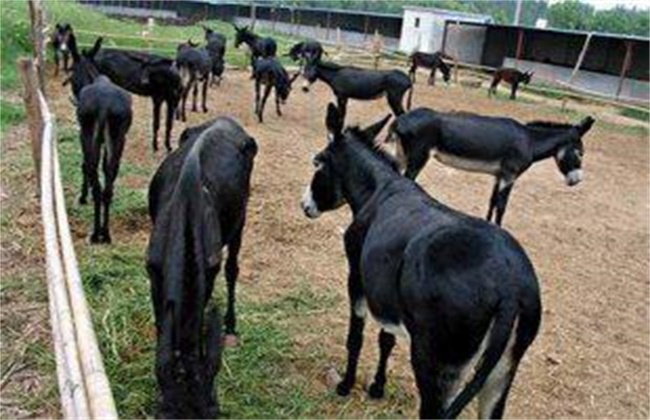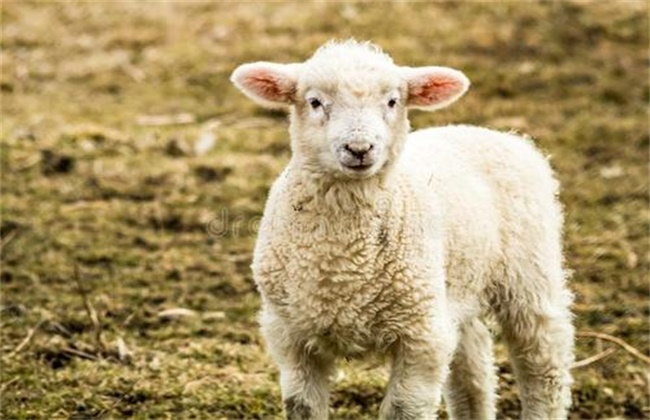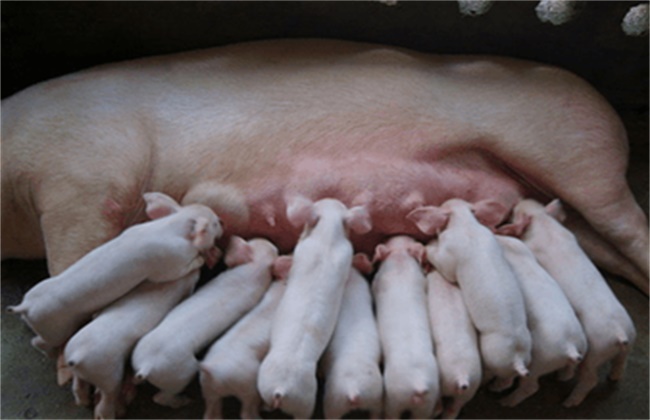Feeding and management techniques of donkey
Donkey used to be a kind of livestock specially used for labor in our country, but now with the development of society, all kinds of work are basically replaced by machinery. As a result, the breeding direction of donkeys has gradually become meat. At present, the market demand for donkey meat in China is still relatively large, when raising donkeys, we need to do a good job in feeding and management. So what exactly should be done? Today, the editor has brought you the techniques of donkey feeding and management. let's take a look at it.

1. The feeding of donkeys
Donkey is a kind of herbivorous livestock, in the feeding rate, the feed is generally based on corn, rice and other food crops straw. When feeding the feed, we must keep in mind that the feed should not be half-dry and half-wet, or it will affect the digestion of the donkey. And feed should also be combined with an appropriate amount of corn, peas and other intensive feeding, feeding about three times a day, respectively in the morning, middle and evening, mainly late feeding. When feeding, we should first feed single grass, so that when the donkey is full enough, then feed some mixed grass. If the donkey stops eating, feed and mix the grass to ensure the donkey's maximum food intake.
2. The captivity of the donkey
When raising donkeys, the breeding method is mainly in captivity. Therefore, we should first pay attention to building a good donkey ring. Donkey ring the most basic to have a shelter from the wind and rain performance, winter has a better warm performance, summer should be timely ventilation and cooling. Then set up a food trough in the enclosure to ensure that each donkey has plenty of room for movement. Each donkey should have about 70 centimeters of food, especially for adult donkeys. Then set up a balanced fence according to the distance of the food position to prevent donkeys from fighting with each other when eating.
3. The reproduction of donkeys
In the growth of meat donkeys, breeding is very important if you want to ensure the normal and sustainable development of donkeys. In breeding, we first need to select a good donkey breed, to ensure that the donkey is large, healthy and disease-free, and has a strong ability to reproduce. Meat donkeys in breeding, most of the time are mainly the same kind of mating breeding. If you want to ensure the reproductive ability of the donkey, then artificial insemination can also be used, which can also help the donkey to reproduce in large quantities.
4. Disease prevention and treatment
Donkey in all livestock, according to its habits, compared with cattle and sheep and other livestock, its rough feeding ability is relatively strong. Therefore, disease resistance is also very strong, but if in breeding, if the management is improper, then it is also extremely prone to a variety of diseases. The common diseases of donkeys are similar to horses and mules, and they are easy to suffer from diseases such as infectious anemia and tetanus. For these diseases are generally prevention-oriented, to strengthen management, control the growth environment of donkeys, reduce the incidence of diseases.
The above is a brief introduction of donkey feeding and management technology. That's all for today's introduction. This article is for reference only. I hope it can help you all.
Related
- On the eggshell is a badge full of pride. British Poultry Egg Market and Consumer observation
- British study: 72% of Britons are willing to buy native eggs raised by insects
- Guidelines for friendly egg production revised the increase of space in chicken sheds can not be forced to change feathers and lay eggs.
- Risk of delay in customs clearance Australia suspends lobster exports to China
- Pig semen-the Vector of virus Transmission (4)
- Pig semen-the Vector of virus Transmission (3)
- Five common causes of difficult control of classical swine fever in clinic and their countermeasures
- Foot-and-mouth disease is the most effective way to prevent it!
- PED is the number one killer of piglets and has to be guarded against in autumn and winter.
- What is "yellow fat pig"? Have you ever heard the pig collector talk about "yellow fat pig"?



